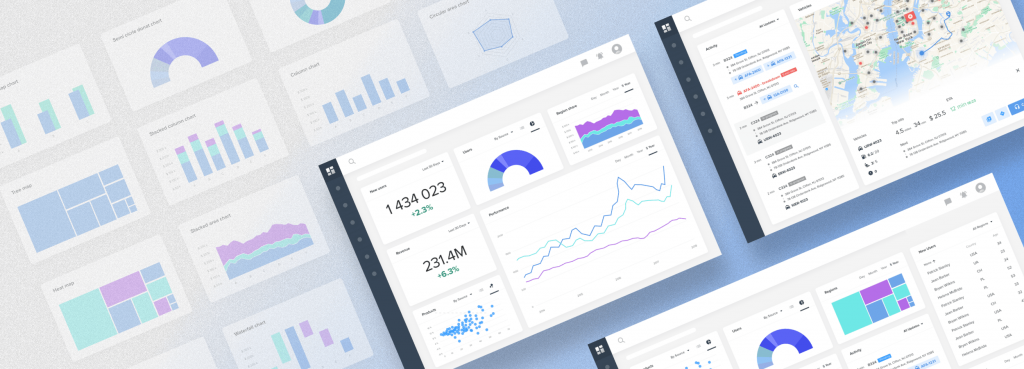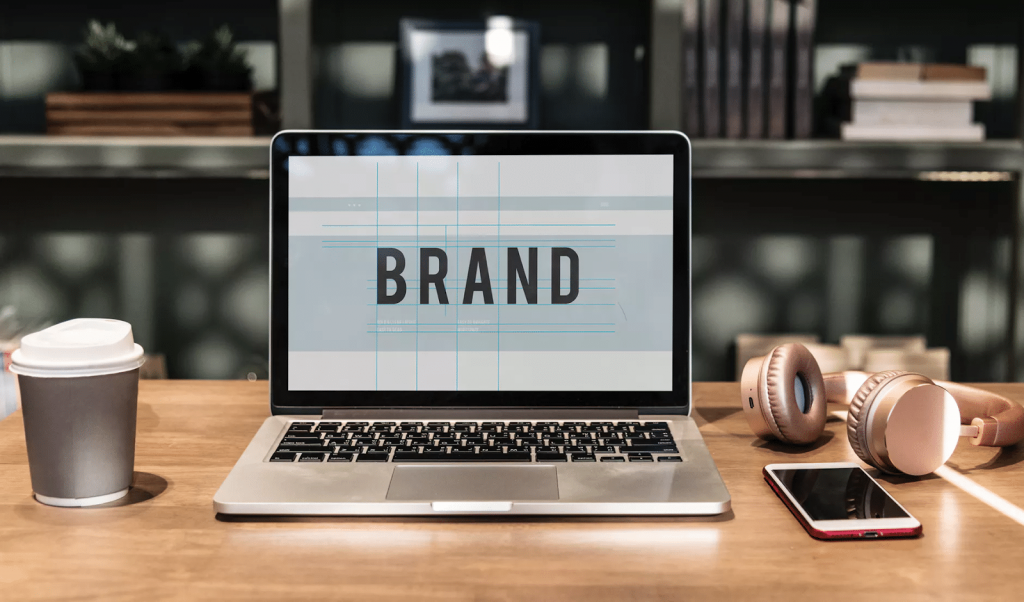Most of us have to deal with graphic design tasks at work. It could be a presentation you need to create for an event, an infographic for a company blog or an image for a social media post.How do you make professional looking graphics if you are not a designer? There are just too many things to consider – from using the right fonts to following the corporate color schemes and dealing with graphic editors.
The good news is that there are basic principles one can follow to create a good design. Let’s talk about simple rules that will help non-designers make pretty cool graphics.
1. Choose one main thing
One of the most common traits of a poor design is when you can’t grasp the main message right away.
You need to distinguish primary information – a photo, phrase, number or a button – among other elements and give it the biggest visual weight. This means to direct attention to it with the help of size, color, form, texture and placement of other elements.

2. Blank space and order
After you have defined the main element in your design, it’s time to place all other components according to size and type. Visual hierarchy makes graphic easier to read and comprehend.
- Divide all content into readable parts. It could be paragraphs, bullet points, color highlights, and frames.
- Use element repetition. Identical elements make navigation easier and create a seamless design.
- Leave enough blank space. There is nothing worse than a design overloaded with elements.
3. Don’t play with fonts
Typography is a big science that takes years to comprehend. Nevertheless, there is a universal rule you can follow to stay away from trouble with font choice. Use Grotesque fonts (ones without serifs) for captions and Antiqua fonts (with serifs) for text blocks.
When you overlay text above the image, make sure it is readable. You can make the image less bright or adjust the background with the help of color filters and blur.
4. The simpler, the better
Don’t think of design as a way of decoration. Creating graphics is all about transforming complex information into visually attractive and simple content.
If the main goal of the letter is to get that link click, do not overloaded it with excess images, text and icons. If you need to create a sale flyer, do not include information on new collections and a bunch of product photos.Use decorative effects such as stickers, gradients, shadows very carefully, like seasoning for a main course.
5. Design should be relevant
Always think about the target audience for whom you are designing. When and where will they see it? Context will set up a tone, style, and color scheme. What will work for an audience of children (bright colors, cartoons, rough lines) won’t work for a financial company blog.

6. Use templates, borrow ideas
Steal like an artist! Get inspired looking at great designs and use this ideas in your work. Search for best projects on Dribbble and Behance.
You can save time and use design templates from Crello for SMM and marketing designs, Google Slides and Slides for presentations and Creative market for interface designs.